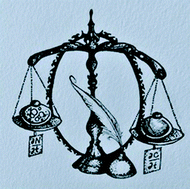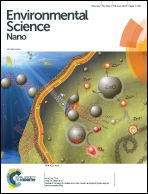Much ado about α: reframing the debate over appropriate fate descriptors in nanoparticle environmental risk modeling
Abstract
Large-scale fate and transport models have used different approaches to account for engineered nanoparticle (ENP) heteroaggregation and its effects on fate. Praetorius et al. and Cornelis, in recent Perspectives in this journal, favor the use of particle number-based kinetic models and attachment efficiency, α, in place of mass-based approaches relying on partition coefficients, or Kd values, because the former is more theoretically faithful to the particulate nature of ENPs. Here, we provide perspective on these two popular modeling frameworks, particle balance and mass balance, with regards to their ability to capture ENP fate processes at large scales. We show that particle balance using α is not unique in its ability to describe ENP heteroaggregation kinetically, since mathematically equivalent rates can be created for mass balance, and that the ability of particle balance to accurately describe particle behaviors is still severely hindered by evolving scientific understanding of ENP heteroaggregation. Ultimately, we find that models at this scale are relatively insensitive to the particulate nature of ENPs. In the short term, mass-based models that rely on simple heuristics can be more practical, and less error-prone, than particle balance alternatives using α.

- This article is part of the themed collection: Nanocircular Economy Papers 2014-2022


 Please wait while we load your content...
Please wait while we load your content...